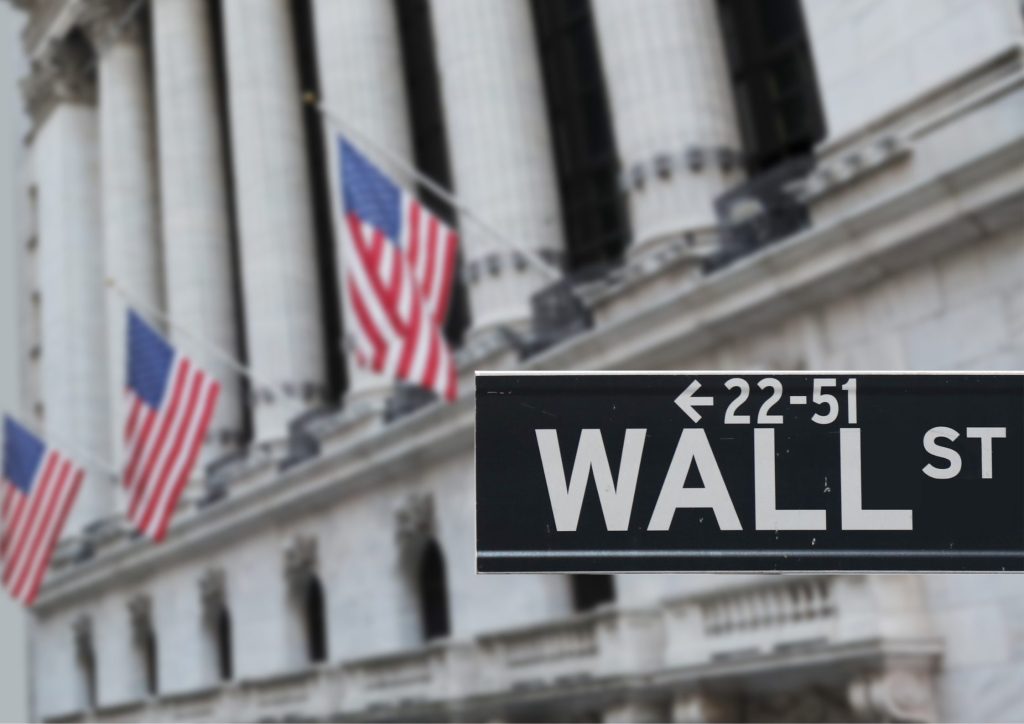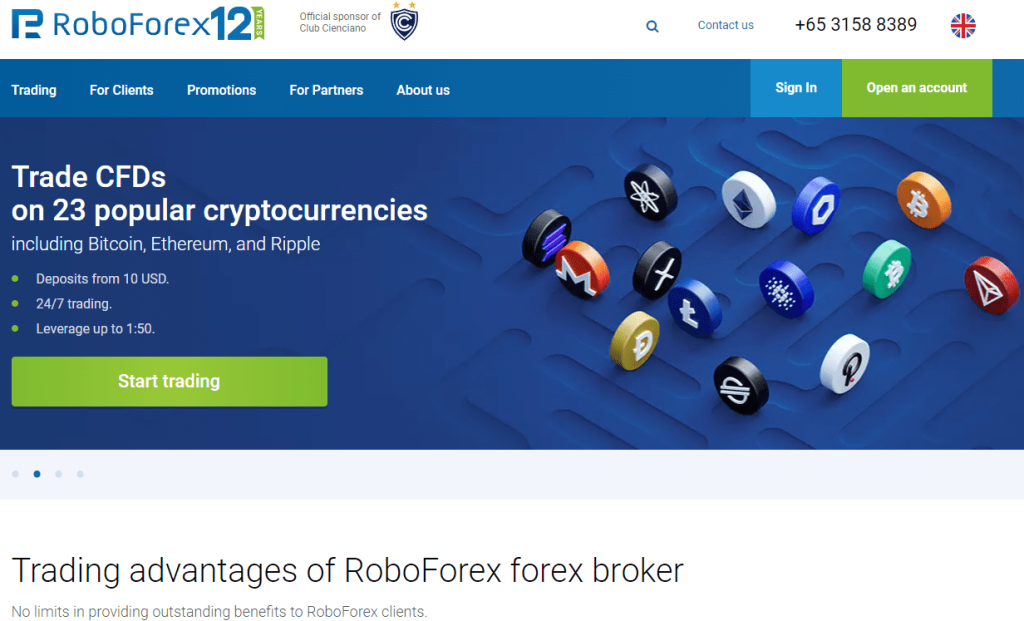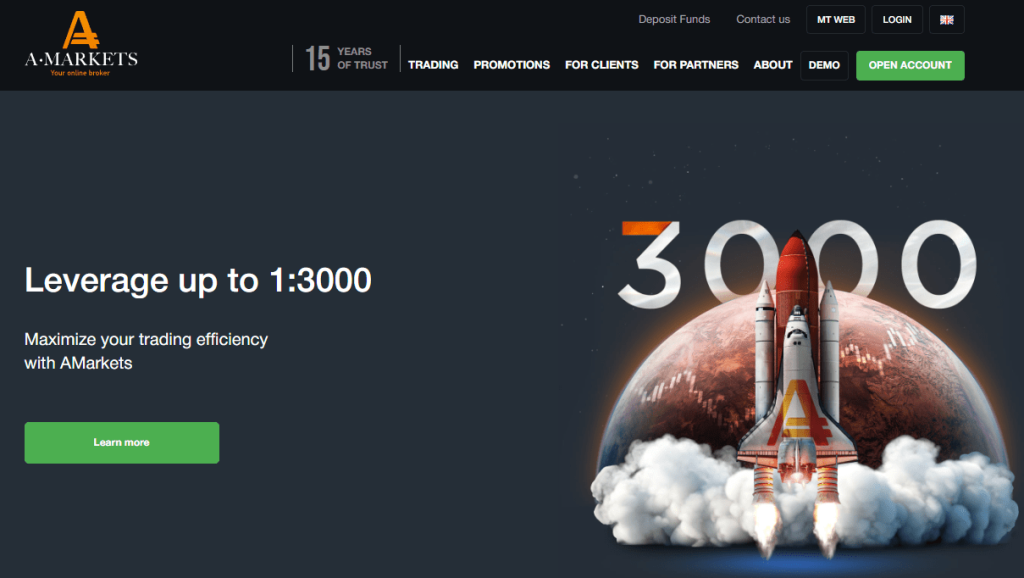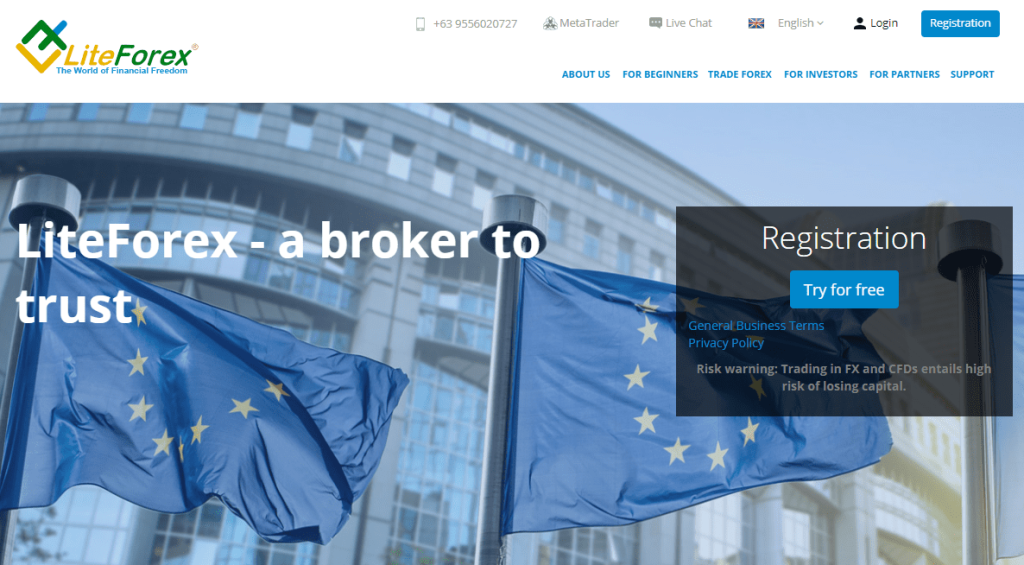Embarking on the journey of stock trading on the world-renowned New York Stock Exchange (NYSE) is no small feat. This vast financial ecosystem bustles with daily activity, setting the pulse for global finance and providing a platform for the exchange of a diverse range of securities. An essential partner for this venture is a competent, reliable broker. A broker acts as a vital intermediary, bridging the gap between the individual investor and the stock market, enabling the buying and selling of securities with greater ease.
In the dynamic environment of the NYSE, it becomes imperative to understand not just the mechanics of trading, but also the integral role played by brokers in this process. This comprehensive guide explores the journey of trading on the NYSE – starting from the process of opening an account, initiating the trading process, and deep diving into the analysis of three acclaimed NYSE brokers: RoboForex, AMarkets, and LiteForex. Each of these brokers will be scrutinized in terms of their services, advantages and disadvantages, and their respective commissions and fees.
History of NYSE Trading

The NYSE, one of the largest stock exchanges globally, has its origins dating back to 1792. The exchange started under a Buttonwood tree on Wall Street in New York City, where 24 stockbrokers signed the Buttonwood Agreement, which is the basis for today's modern securities trading. Over the centuries, NYSE has evolved, accommodating technological advancements and responding to various economic crises and regulatory changes.
Today, the NYSE represents a massive financial marketplace, listing various companies and securities, fostering economic growth, and enabling investors to participate in the global economy. It's a hub of financial activity, and its role in global finance cannot be understated.
Opening an Account for NYSE Trading
Opening a trading account for NYSE is a relatively straightforward process. However, the exact procedure may vary slightly between different brokers. The following are the general steps:
#1. Choose a Broker
First, research different brokers, their services, commissions, and other factors. Choose the one that suits your needs the best.
#2. Complete the Registration Process
After selecting a broker, you'll need to complete the registration process. This usually involves providing some personal information, including your name, email address, and proof of identity.
#3. Fund Your Account
Once your account is set up, the next step is to fund it. Most brokers offer multiple funding options, including bank transfers, credit cards, and electronic wallets.
#4. Start Trading
Once your account is funded, you can start trading on the NYSE.
How to Start NYSE Trading
- Research and Education: Familiarize yourself with the NYSE's operations, trading hours, and listed securities. Use available educational resources to understand basic trading concepts and strategies.
- Plan Your Investment: Define your financial goals and risk tolerance. Based on this, develop a diversified investment portfolio.
- Choose Your Securities: Research various companies and securities listed on the NYSE. Choose the ones that align with your investment plan.
- Place Your Orders: Using your broker's trading platform, place your buy or sell orders. Monitor your investments regularly.
- Review and Adjust: Periodically review your portfolio and adjust your investments based on changes in market conditions and your financial goals.
Best NYSE Brokers
#1. RoboForex

What is RoboForex
RoboForex is a distinguished online brokerage firm that has been offering a broad range of trading services across numerous markets, including the NYSE, since 2009. This broker is known for leveraging cutting-edge technology to offer automated trading services, which allows for a hands-off approach to trading. RoboForex is designed to cater to a wide spectrum of investor needs through the provision of various types of accounts.
What sets RoboForex apart is its commitment to harnessing technology to make trading more accessible. By integrating automation into its services, RoboForex has positioned itself as an attractive option for beginners looking to dip their toes into the world of trading, as well as for seasoned traders seeking efficiency and accuracy.
Advantages and Disadvantages of Trading with RoboForex
Commissions and Fees of RoboForex
RoboForex employs a mixed commission and spread model. While it offers some commission-free accounts, other account types incur varying levels of commission based on the trading volume. Spreads also vary depending on the account type and market conditions.
#2. AMarkets

What is AMarkets
AMarkets is a globally recognized online broker that has been offering an extensive range of trading services since 2007, including unrivaled access to NYSE. What distinguishes AMarkets from its peers is its unique blend of competitive trading conditions, a rich repository of educational resources, and a client-centric approach to service.
AMarkets stands out for its dedication to educating its clients, offering a plethora of resources designed to help traders understand the complexities of the financial markets. Coupled with its competitive trading conditions and an unwavering commitment to excellent customer service, AMarkets offers a comprehensive package that meets the needs of various types of traders, from beginners to more experienced investors.
Advantages and Disadvantages of Trading with AMarkets
Commissions and Fees of AMarkets
AMarkets offers both fixed and floating spread accounts. Commissions are mainly built into the spread, with additional commissions applicable on certain account types. The broker is known for its transparency, providing detailed information about its charges on its website.
#3. LiteForex

What is LiteForex
LiteForex is an innovative brokerage firm founded in 2005, which prides itself on its dedication to pioneering advancements in the field of trading. The broker offers a comprehensive range of trading services, including access to the NYSE, thus catering to both novice and experienced traders.
LiteForex has made a mark in the industry with its innovative trading platforms and tools, designed to make the trading experience more streamlined and efficient. Additionally, it has kept the barriers to entry low with a minimal deposit requirement, making it more accessible to a wider audience. Complementing these offerings is a comprehensive selection of educational resources, equipping traders with the knowledge needed to navigate the trading world effectively.
Advantages and Disadvantages of Trading with LiteForex
Commissions and Fees of LiteForex
LiteForex operates on a mostly spread-based fee structure. However, certain account types also incur a commission. It provides competitive spreads and maintains transparency in its pricing model.
The Role of Floor Brokers on the NYSE Trading Floor

The bustling activity on the NYSE trading floor represents the heart of global finance, where numerous broker-dealers, including floor brokers, interact to execute trades. These professionals act on behalf of various clients, which often include institutional investors, mutual funds, and hedge funds, contributing to the exchange's liquidity and facilitating the trading of securities.
Floor brokers on the NYSE floor play a crucial role in ensuring a smooth trading process. They are licensed professionals who buy and sell securities at the exchange on behalf of their clients. These brokers serve to maintain a fair and orderly market, executing trades on behalf of a vast range of clients. The client portfolio can range from individual retail investors to large institutional investors, mutual funds, and hedge funds, all looking to invest their capital to generate returns.
Broker-dealers are another essential group on the trading floor. These entities can act as brokers, executing trades for clients, or as dealers, trading for their own accounts. Broker-dealers contribute significantly to the total market value of the exchange and help maintain liquidity, ensuring that securities can be bought and sold efficiently at any given time.
Institutional investors like mutual funds and hedge funds bring large amounts of capital to the market. Their significant transactions can influence the exchange's liquidity and market dynamics. With their high-value orders, these entities often rely on floor brokers to execute trades with precision, ensuring that their transactions do not significantly disrupt the market's equilibrium.
In the NYSE environment, brokers can execute various types of trades. Among the most common are market and limit orders. Market orders are instructions to buy or sell a security at the best available price, while limit orders are directives to buy or sell a security at a specific price or better. The ability to effectively execute these different types of orders is a testament to the versatility and importance of brokers in maintaining a functional and efficient exchange.
To sum up, the NYSE floor is a microcosm of the larger financial market, where floor brokers, broker-dealers, institutional investors, mutual funds, and hedge funds interact in a complex dance. These interactions ensure the smooth functioning of the exchange, maintaining liquidity, and facilitating the execution of trades, contributing to the NYSE's status as one of the world's premier exchanges.
Interaction and Execution of Trades on the Exchange Floor

The dynamics of the NYSE exchange floor involve a broad range of participants, all working seamlessly to ensure efficient execution of trades. From the daily opening to the closing auction, the exchange floor bustles with activity, representing the heart of the financial markets.
A unique feature of the NYSE is the closing auction, which marks the end of the trading day. During this time, all client orders, whether they're from high net worth individuals, institutional investors, or other firms, are gathered and executed at the best price available. The closing auction is critical as it determines the final prices for all securities traded on the exchange during that day.
The exchange floor also plays host to options exchanges. An options exchange is a marketplace where securities, specifically options contracts, are traded. Traders deal in options contracts, which give the holder the right, but not the obligation, to buy or sell an underlying asset at a specific price within a certain period. Options exchanges add another level of dynamism and complexity to the trading floor, offering traders an array of strategies for risk management and profit maximization.
High net worth individuals and firms often rely on floor brokers to navigate the exchange and get their client orders executed at the best price. These orders can range from equities to options, with the ultimate goal being to obtain the most favorable prices and terms for their clients.
The term ‘best price' is a fundamental principle in trading, representing the most advantageous price for the buyer or seller. The quest for the best price sees firms and individual traders compete intensely on the exchange floor, resulting in a lively market filled with interest from various quarters.
Equities form a significant part of the trades executed on the exchange floor. These are shares issued by companies that represent ownership interest. The trading of equities involves buying and selling shares, with traders aiming to capitalize on price fluctuations to generate profits.
In summary, the exchange floor is a vibrant hub where numerous market participants, including high net worth individuals, firms, and brokers, interact and execute trades. From the daily opening to the closing auction, the exchange floor is a hotspot of activity, with all parties working diligently to ensure their client orders are executed at the best price, contributing to the vibrant market for equities and options exchanges.
Conclusion
Entering the world of NYSE trading can open a wealth of opportunities for potential gains, but it is crucial to remember that the path to success involves choosing the right broker. The role of a broker in your trading journey is significant, impacting your trading experience and potentially your profits.
RoboForex, AMarkets, and LiteForex, with their unique set of offerings, cater to different trader profiles. Each provides specific advantages, and their fee structures vary. Choosing a broker should be a decision made after careful consideration of your specific trading needs, financial goals, and risk tolerance. Whichever broker you choose, ensure it serves your interests and supports you in achieving your trading objectives. Remember, the right broker is not just a service provider, but a partner in your journey towards financial growth.
FAQs
What is the NYSE?
The NYSE, or the New York Stock Exchange, is one of the largest stock exchanges in the world. It's a marketplace for buying and selling securities like stocks, bonds, and ETFs.
How can I start trading on the NYSE?
To start trading on the NYSE, you'll need to open a trading account with a broker, fund the account, and then start buying and selling securities.
What is a broker?
A broker is an individual or company that acts as an intermediary between investors and the stock market. Brokers enable investors to buy and sell securities.
How do I choose a broker?
When choosing a broker, consider factors like the range of services provided, fees and commissions, ease of use of the trading platform, customer service, and reputation in the industry.
Are there risks involved in NYSE trading?
Yes, like all forms of investment, NYSE trading involves risk. The value of securities can fluctuate, leading to potential losses. It's important to understand these risks and to invest wisely.




















